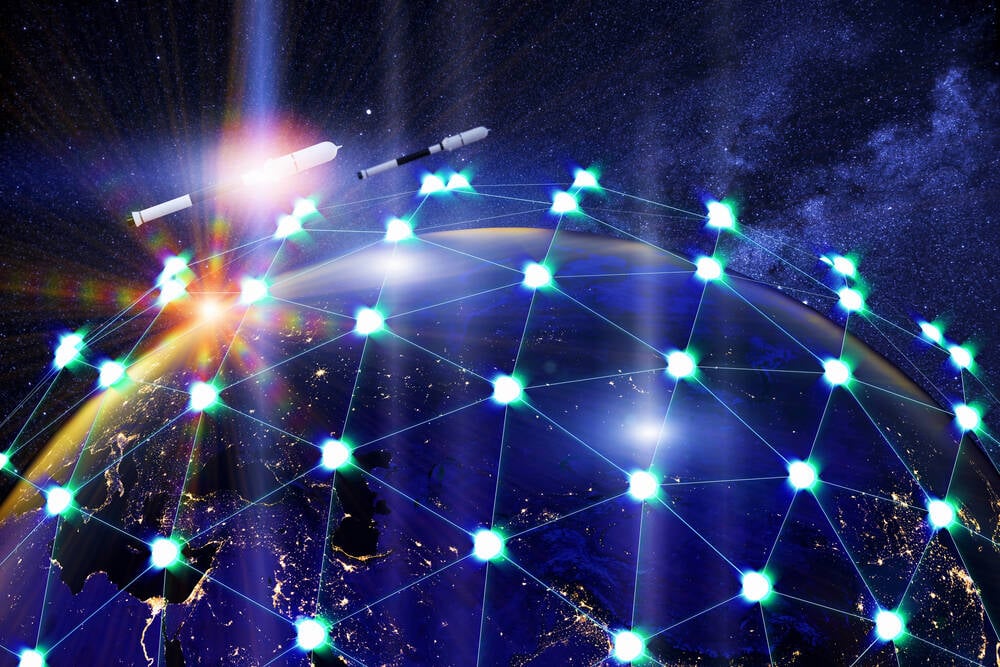
Japan’s space agency JAXA has teamed up with West Japan Railway Company to apply the latter’s AI-powered failure-prediction technology to operating spacecraft.
The pair have worked together since October 2022, but have enlisted another player – satellite operator SKY Perfect JSAT Corporation – in hopes the trio can predict failures on working satellites from available data.
“This collaboration combines JAXA’s telemetry data assets and expertise in operating satellites with JR-West’s data analysis and AI development technology, as well as its implementation know-how related to railway equipment maintenance,” explained a Wednesday statement.
The major Japanese railway and bullet train operator was previously tasked with creating a “spacecraft health management business” with JAXA, to study the use of AI technology to foresee satellite operation malfunctions and resolve them much in the same way it does for trains.
Meanwhile, SKY Perfect JSAT, which operates over 30 geostationary satellites, will address “challenges in commercial satellite operations and improving the development of AI models for satellite telemetry analysis” – ultimately detecting abnormalities in orbit before it’s too late to rectify them.
JAXA revealed it has struggled to visualize the impact of external environments using conventional methods. Capturing multiple streams of telemetry has led to the creation of helpful AI models to address the issue.
This is not the first time AI has found its way into orbital applications.
LeoLabs uses AI algorithms to turn sensor-gathered data into collision alerts for satellite operators. Fellow space industry biz Neuraspace is also using AI and machine learning as it tries to spot possible unpleasantly close encounters between satellites, so it can notify customers of potential risks.
Although there’s a lot of space junk in orbit – so much that space insurers made record-breaking losses in 2023 – there are also other jobs for AI to tackle above the Karman Line.
NASA and IBM research teamed up last year to create an AI geospatial foundation model that can detect signs of extreme weather.
Spacecraft also rely on autonomous navigation systems when docking.
Last week NASA even named its first-ever chief artificial intelligence officer. While the role might be new (congrats, David Salvagnini!), NASA administrator Bill Nelson stressed that the use of AI has been going on there for decades.
“A wide variety of AI tools are used by NASA to benefit humanity from supporting missions and research projects across the agency, analyzing data to reveal trends and patterns, and developing systems capable of supporting spacecraft and aircraft autonomously,” explained the space org. ®
- SEO Powered Content & PR Distribution. Get Amplified Today.
- PlatoData.Network Vertical Generative Ai. Empower Yourself. Access Here.
- PlatoAiStream. Web3 Intelligence. Knowledge Amplified. Access Here.
- PlatoESG. Carbon, CleanTech, Energy, Environment, Solar, Waste Management. Access Here.
- PlatoHealth. Biotech and Clinical Trials Intelligence. Access Here.
- Source: https://go.theregister.com/feed/www.theregister.com/2024/05/24/jaxa_enlists_railway_ai_maintenance/



